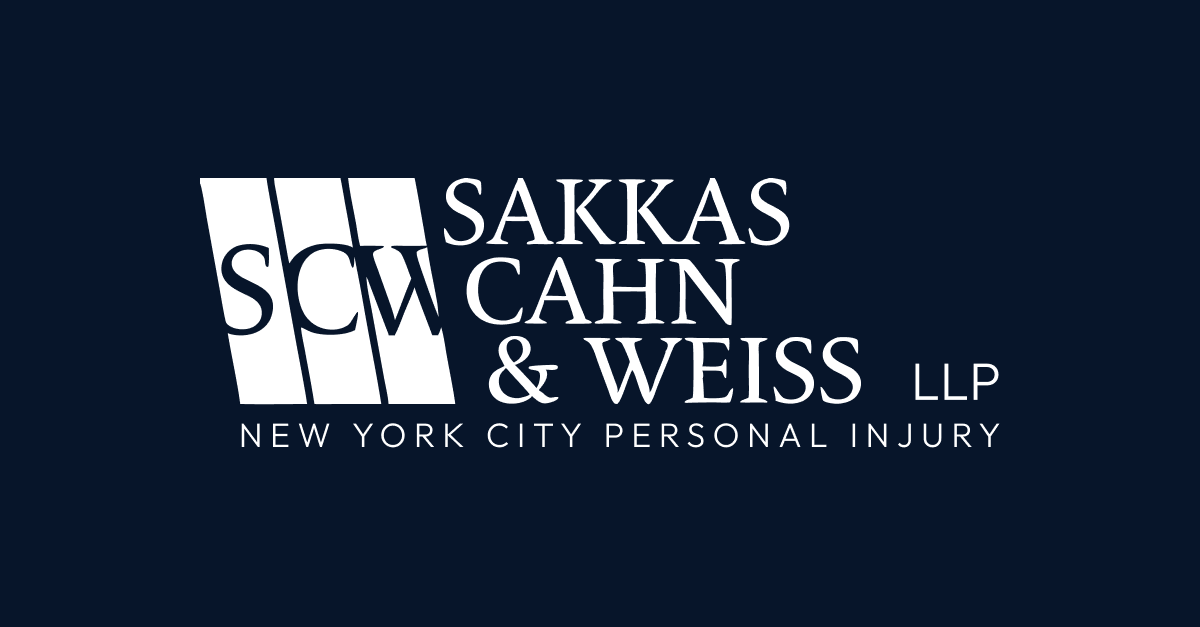You see a co-worker trapped under rubble. Immediately, you spring into action, working to free them.
In the process, you get injured yourself.
Now, both you and your co-worker have a claim. What happens next?
What is the Rescue Doctrine?
The rescue doctrine helps to establish who owes a duty of care to whom.
- Bystanders and people who had nothing to do with the accident have no duty to rescue another party.
- A person who negligently creates a situation that creates the need for a rescue may have a duty of care to rescue that individual.
- A person who negligently puts themselves in danger may be liable if someone is hurt while attempting to rescue them.
- A person who initiates a rescue attempt may be liable to the injured party if they are negligent in their rescue attempt.
- A bystander who attempts a rescue who is not negligent may also sue the party that caused the accident in the first place.
As you can see, rescue is complicated!
Recent Rescue Doctrine Decisions
The most recent Rescue Doctrine case was the 2023 case Leonard v. City of New York
In this case, a construction accident prompted Leonard to spontaneously and instantaneously attempt to assist an injured colleague. The New York City transit authority argued that his injuries during the rescue “didn’t result from a breach of Industrial Code provisions that establish the necessary basis for a claim.”
In New York, workers are eligible for workers’ compensation law, but they are also eligible to launch a personal injury claim against an owner or contractor who breaches the safety provisions laid out in Labor Law Section 241(6).
The First Department appeals court ruled that a wrong to a coworker involving Industrial Code provisions was wrong to Leonard as well, noting that “bystanders who observe an incident that places a person in peril will be impelled to rescue that person.”
They also noted that the Labor Law’s central purpose is encouraging owners and contractors to comply with the Industrial Code.
Examples of Negligent Rescue
One good example is the 1935 New York state case Zelenko v. Gimbel Bros, Inc.In this case, shop owners began giving medical assistance to a customer who was ill. In so doing, they initiated a rescue attempt.
Unfortunately, they then left the customer alone for many hours after initially rendering care, and she died.
The judge ruled: “We will assume that defendant owed her no duty at all—that defendant could have let her be and die. But if a defendant undertakes a task, even if under no duty to undertake it, the defendant must not omit to do what an ordinary man would do in performing that task.”
In this case, the defendant did not summon an ambulance or attempt to bring the customer to a doctor. If the defendant had taken these basic steps, they probably would not have been liable for the death.
Rescue Doctrine and Medical Malpractice
The rescue doctrine may even arise in medical malpractice cases. Consider the 1982 case, Moore v. Shah
In this case, the plaintiff donated a kidney to his father. He then sued the physician, saying he was guilty of negligence in his father’s diagnosis and prescribed treatment, thus causing kidney failure and the need for a transplant.
The plaintiff was unsuccessful in this case. The courts noted that one well-defined principle of the rescue doctrine is that rescues are generally made “under the pressures and exigencies of an emergency situation.” The court felt that the plaintiff in this case had made a “deliberate and reflective” decision to help his father.
Therearecases where the courts have applied the doctrine in situations that were not spontaneous reactions, but the fact that no emergency or instantaneous decision existed still played into the decision. Spontaneous or not, in order to recover, a plaintiff must be “in the zone of danger.”
They also noted there was no way the defendant could have foreseen that the alleged negligence could hurt not only the defendant’s father but also the defendant.
Expect Complications
Defendants will typically seize on any excuse to avoid paying a claim.
If you were hurt while conducting a rescue, you should reach out to a personal injury firm like ours as soon as you are medically capable of doing so.
If you lost a loved one to someone who purported to start rescuing them only to abandon them or otherwise negligently handle them, reach out to us.
If you got hurt attempting to rescue someone who did something reckless, reach out to us.
Any of these cases will require an experienced personal injury attorney to bring to a successful conclusion. We will help you hold all relevant parties accountable, even if, or especially if, you were injured on a construction site. You shouldn’t be punished for reaching out to help a co-worker, and the relevant parties should be held to the safety standards they are required to follow under New York law.
Ready to get started? Contact us to schedule a free consultation today.


Contact us to learn how we can help
Share the details of your case with us, and we will evaluate your situation and outline potential strategies. Don’t wait — take the first step to compensation!
.svg)

.webp)